 |
| Theory of the Visual Arts |
There are competing views on what qualifies photographs, paintings, sculpture, and architecture as visual arts. This entry focuses on theories of vision and their implications for claims about each of these four art forms. There is also debate over whether it is desirable to identify these major categories of art in terms of particular sense modalities.
What is partly at issue is whether vision and visual experience are isolated from other sense modalities. The status of photography, painting, sculpture, and architecture as major art forms is by no means beyond challenge; they, along with their paradigm cases, exhibit considerable variation within and across cultures, and through time.
Photography
Photography, like vision, seems to have an especially intimate connection with the world by virtue of a causal or “mechanical” process that is describable in purely physical terms. Interestingly, this alleged mechanical connection has also been responsible for the lion’s share of skepticism about whether photography is indeed an art. The basic idea is that the appearance of a photograph is, like visual experience itself, dependent in a special way on the presence of the targeted object or scene.
 |
| scene in the world |
The claim is not (necessarily) that a photograph looks like the object or scene in the world, but rather that the way the photograph looks is, in an important way, independent of intentions or other mental states of the photographer, even if the photographed scenes are staged or an object’s appearance is manipulated or disguised.
The possibilities for manipulation and disguise, in fact,motivate a distinction, fundamental to most theories of photography as an art, between what is photographed and what the photograph is a picture of, that is, what it pictorially represents.
For example, a photograph of the forequarters of a jackrabbit, suitably enlarged, cropped, and merged with a photograph of the hindquarters of an antelope may end up as a picture of a fictional animal, a “jackelope.” What is photographed is due to a process independent of a photographer’s mental states, while what is pictured is conceived as dependent at least in part on the artist’s intentions or cultural context.
 |
| Kendall Walton |
Kendall Walton has argued that the viewer of a photograph literally sees the object that has been photographed (commonly known as the transparency thesis), that a photograph’s transparency constitutes one type of photographic realism, and that this realism accounts for a significant part of a photograph’s power.
Walton claims that, just as telescopes enable us to see things far away, photographs enable us to see things in the past. However, one may accept the relevance of what is photographed to the work’s content but reject the claim that photographs are transparent, that is, that one sees the object or scene.
For example, in one account of what it is to see something, one’s visual experience provides information about the spatial location of the viewer, so-called egocentric spatial information, in relation to what is seen. Since neither photographs nor paintings provide such information, it is concluded that neither is transparent.
 |
| spatial information |
Some allege that photographs may provide such information, such as information that the viewer of the photograph is at that time standing where the photographer was when he or she took the photograph. Others object that, even though seeing generally carries egocentric spatial information, it does not always do so, such as when one sees something in a series of mirrors.
Options multiply. Some allege that one does not see actual objects or scenes in mirrors, but only their reflections.A variant view takes the relevant concept to be what can generally be expected from a given type of perceptual process, rather than what it always provides. The crucial point for this view is that it is reasonable to expect egocentric spatial information from vision but not from photographs or paintings.
Further, it needs to be acknowledged that what can reasonably be expected may vary in relation to context and an individual’s powers or background of experience. The increasing ease with which digital images can be manipulated in fact makes it reasonable to be skeptical about many of their alleged information-bearing properties.
 |
| art photographers |
Some art photographers, not surprisingly, have made the alleged realism and associated power of photography part of the subject matter of their work. Jerry Uelsmann’s combinations of photographs within the same image give them a surreal and sometimes mystical character.
Zeke Berman constructs and photographs little stage sets that create visual ambiguities in the photograph’s pictorial space. Manipulated photographs of fantastical animals are part of installations designed by Joan Fontcuberta and Pere Formiguera as a send-up of the supposed objectivity of photographic documentation in ethnological and anthropological studies.
Artists may also use photographs of some objects—qua photographs of those objects—as materials for making pictures having a different content, connecting with a general question in the visual arts over whether and how the character of the materials artists use affect the content or significance of the work.
Painting
 |
| Painting |
Painting is sometimes thought to be the visual art par excellence. Confusingly, however, the term painting is frequently used to indicate drawings, prints, collage, and almost any other method or materials used to create something that, crudely put, can be hung on a wall. Literally construed, paintings are composed of paint; how artists work with different physical materials, such as paint, to make art would seem to be relevant, even central, to appreciating them.
Paintings, broadly construed, may also pictorially represent things, arguably in virtue of the two-dimensional array of line, shape, and color, abstracted from whatever medium is used. The development of various technologies to mass-produce two-dimensional arrays raises the question whether merely being a two-dimensional array is enough to warrant status as art.
Paintings and drawings are plausibly thought of as physical objects; prints, such as Rembrandt’s Medea, are not. Jerrold Levinson calls prints (and other types of art) that have many impressions, such that no individual impression is identical with the work itself, “multiples.” But not all prints are multiples.
 |
| Monoprints |
Monoprints, like paintings and drawings, are singular because they are, by definition, produced by a process in which only one physical object can count as a genuine exemplar (to use Levinson’s terminology) of the work. Photographs, depending on what photographic process is used, may also be multiple or singular.
These ontological differences have implications for whether one can see the (allegedly) visual work of art. Impressions of a print can be seen, but the print itself, as opposed to its exemplars, cannot be seen (or, less precisely, it can be seen only “in” or “through” impressions of it). Prints may also have multiple states—stages in the printmaking process—some of which may be considered to be works in themselves and each of which may have multiple impressions.
Prints may be grouped together as a suite, such as the four plates of Hogarth’s The Analysis of Beauty, raising the possibility that the set constitutes the work of art. Even if one accepts impressions of prints as works of art in their own right, they are still impressions of a print, which is not itself a physical object.
 |
| mosaics |
Other media, such as mosaics, introduce further complications, and may undermine the precision of the singular/multiple distinction. Tesserae can be mass-produced and combined formulaically to cover a surface with a pattern or image, which would seem to make them multiples, though mosaics of this type are rarely considered works of art.
Highly sophisticated forms, such as those that evolved under the rule of Justinian, by contrast, have greater claim to be singular works of art. They are products of a workshop tradition very similar to that which persisted for centuries in Europe for painting. The master was responsible for the overall design and implementation of its most important components, such as the figures, especially faces and hands; assistants provided backgrounds and possibly drapery.
Rubens’s assistants painted large portions of works that we identify as singular works by Rubens; Constable’s Salisbury Cathedral was so popular that he painted seven of them. Are they copies of a single work—a sort of prototype that cannot itself be seen—or seven different paintings that are visually virtually identical?
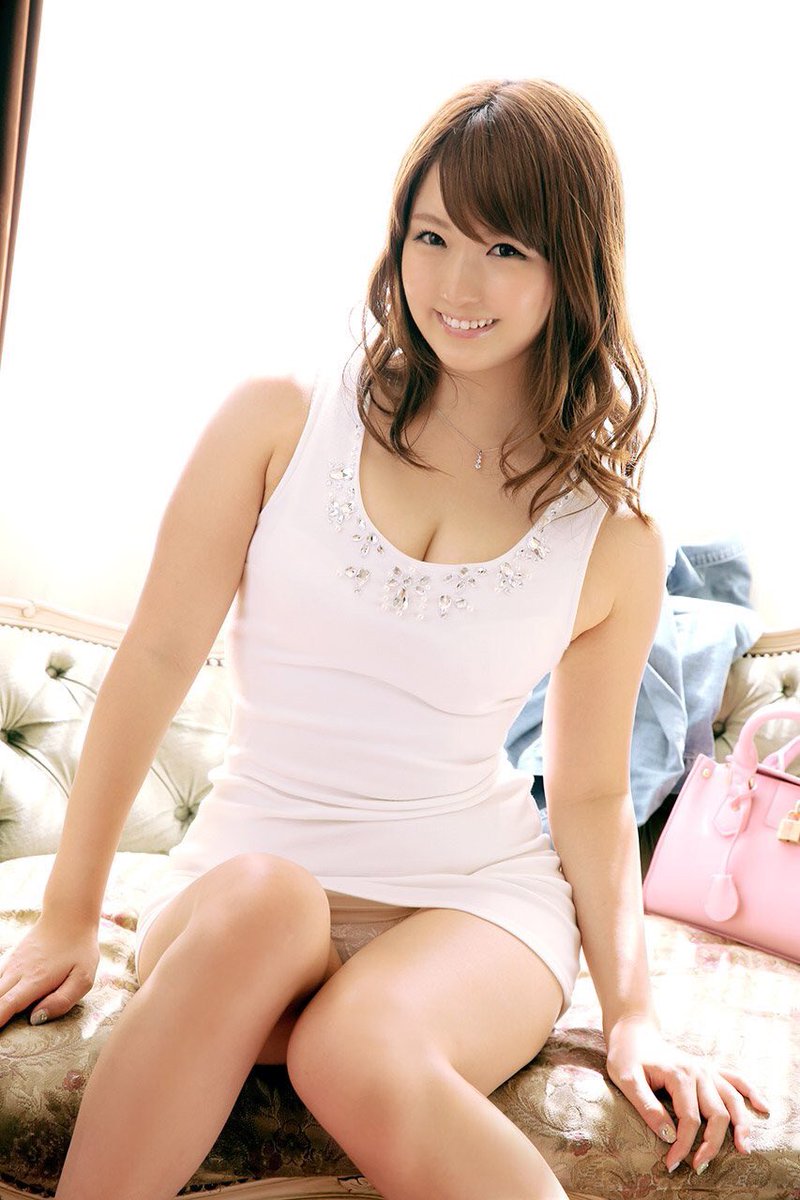 |
| visually significant |
Titles are linguistic entities that may be given by painters themselves, making them clearly part of the artwork, though only debatably part of the painting. An inscription of the painting’s title—or of other words, for that matter—in the painting itself may be a visually significant property of the painting, but as a linguistic entity or property, it is generally nonvisual.
The caveat is necessary since some types of linguistic inscriptions—calligraphy, for example—have visually significant properties. But a painting may have a title that is not inscribed and hence not at all visible, yet is still part of the work.
Singular works of visual art, such as paintings and drawings, are physical objects, but this does not preclude them from having representational and expressive qualities, or from playing a role in a culture and in history, including the history of art. Many artifacts—furniture, tools, and televisions—have functions.
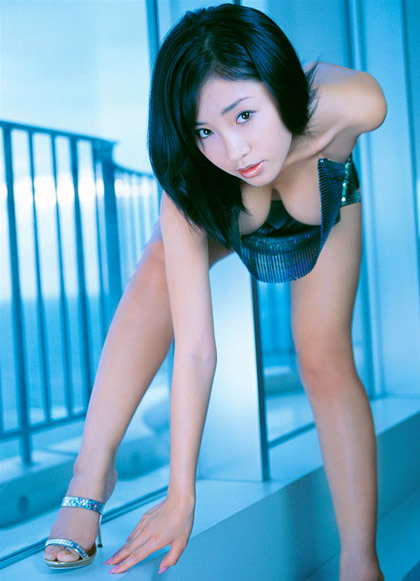 |
| Nelson Goodman |
Paintings are artifacts with the function of providing certain kinds of visual experiences. Nelson Goodman trenchantly criticizes the idea that pictures show us “the way things look.” Richard Wollheim argues that the crucial visual experience is what one can see in a painting.
As he puts it, “The marked surface must be the conduit along which the mental state of the artist makes itself felt within the mind of the spectator if the result is to be that the spectator grasps the meaning of the picture”. The artist’s hand is to guide the perceiver’s eye; how an artist works with the physical materials, as a medium, is essential to the painting’s meaning.
Making a work of art, however, may require more than what a lone painter can do or what any given viewer can see in what is created. Arthur Danto proposes that even ordinary objects can be “transfigured” into art by the existence of a theory and history of art, which is something “the eye cannot descry”.
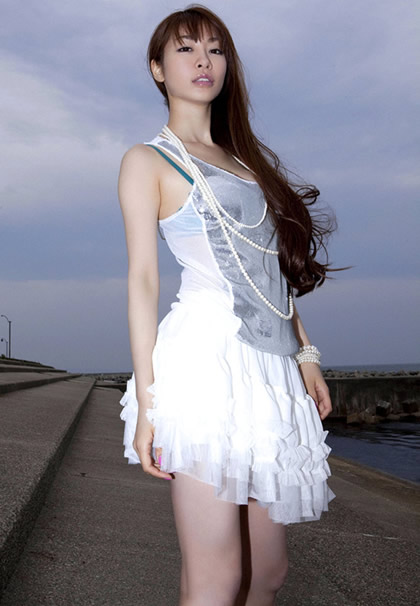 |
| indistinguishable |
The art world of the mid-twentieth century subsumed not only painted surfaces but also commonplace objects, visually indistinguishable from ordinary, everyday objects or real things, into the category of art. Everyday artifacts can constitute a medium, not merely materials, for making art, standing alone or as part of a construction or installation.
Sculptures
Sculptures and paintings relate differently to the space around them, depending on what one takes to be the paradigm cases of each. Suppose we take paintings that employ vanishing-point perspective, where there is a point internal to the space represented in the picture from which things are shown (its so-called “internal depiction point”), as its paradigm cases.
Such painting, like vision, is perspectival in that it organizes what it represents from a particular point of view. Sculpture in the round, by contrast, occupies a space that is continuous with that of the perceiver. It organizes the space around it, drawing on the perceiver’s and the represented object’s potential for movement and action.
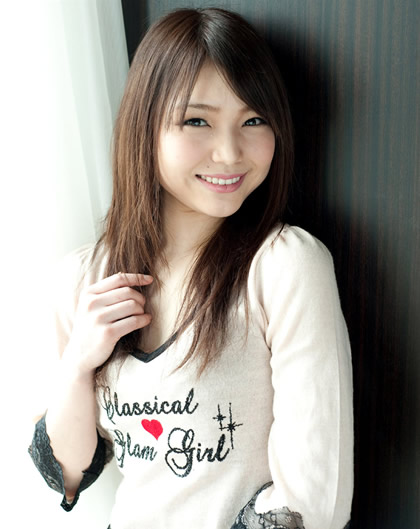 |
| Sculptures |
It has no internal depiction point, and hence is not perspectival. Tactile and somatosensory phenomena have a more obvious role to play in the appreciation of sculpture in the round, something that may be seen as a resource that enhances its power, or as an appeal to the “lower senses” as compared with the cognitively more esteemed sense of sight.
Sculpture might seem to be by definition threedimensional, and visible as such, though the existence of multiples confounds this simple requirement, as they do with paintings and prints. Cast sculptures are multiples; one sees the exemplars, such as Rodin’s The Thinker, but not the work itself.
Cast and molded pieces are routinely hand-worked in various ways—painted, appliquéd, carved, and so on—motivating the acceptance of such pieces as works themselves rather than merely as exemplars of a type that cannot itself be seen. Installation art that is to be installed differently in different sites also challenges the idea that one sees the work rather than a particular installation of it.
 |
| alternative strategy |
An alternative strategy for distinguishing sculpture from pictures takes the sculptural to be a property of a work rather than sculpture as a category of art, so that a single work may have both sculptural and pictorial properties. The basic idea is that materials which can include paint—are treated as a sculptural medium when their three-dimensionality is used for representational purposes.
For example, Paleolithic cave paintings are sculptural in exploiting protrusions from the cave wall to emphasize the swell of a bison’s forequarters, and pictorial in exploiting line and color, applied to the surface of the cave wall, to represent a particular, or a particular type of, animal.
Bas-relief, including painted bas-relief, as a mode of representation, may actually have a closer connection with ordinary vision than either vanishing-point perspective painting or sculpture in the round, and hence is arguably a better candidate for being a paradigm case of visual art than painting or sculpture.
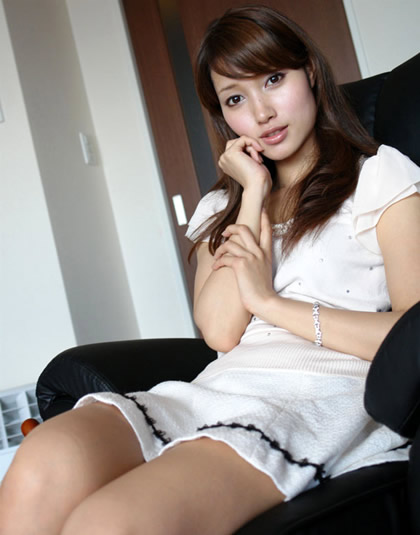 |
| crucial feature |
Sculpture in the round exploits a crucial feature of ordinary vision that pictures do not, that is, one’s visual experience changes as one moves around the object (except per accidens,as when looking at a sphere in a cylindrical room). However, sculpture accomplishes this by replicating, or at least approximating, the three-dimensional shape of an object rather than by representing it. One could say it presents, rather than represents, the shape of the object.
In contrast, when pictures represent the shape of an object, they do not generate the changes in visual experience that ordinary seeing does as the perceiver moves about (except again, per accidens, as with pictures of relatively flat objects, such as pieces of paper).
Visual experiences of bas-relief, however, change in relevant ways as one changes physical position in relation to the relief, though the relief does not replicate the shape that the represented object has in the round (again, except accidentally).
 |
| piece of paper |
Indeed, a low relief representation of a relatively flat object, such as a piece of paper, may have greater physical depth than both what it represents and three-dimensional representations of it. Bas-relief, within the requisite distance, also enhances without replicating the visual experiences of three-dimensional form and depth that are due to binocular disparity.
Installation art can be treated as a form of sculpture in an “expanded field ”, though the relationship of sculpture to its surrounding spaces is better illuminated by contrasting it with installation art. Artists have control over the entire designated space for their installations, rather than merely over the construction of individual objects.
A good case can be made for installation art as a distinct category of art, one where the artist has control over the entire space that the installation occupies, in contrast to a type of art such as sculpture, where the work may be seen as controlling the space that surrounds it.
 |
| Video installations |
Video installations employing speech and music are certainly not merely visual and are probably best grouped with other video art and film. Further, the status of the objects within installations—and some installations contain no objects at all—is different from sculpture because the space of the installation is exploited in a variety of ways and is often treated as a gray area between life and art.
Perceivers may be required to “complete” the work, for example, by stepping on a switch that turns on a light, as one engages in the semi-voyeuristic activity of viewing Marcel Duchamp’s Étant donnés. Installations often create environments that prompt self-consciousness or reflection on one’s habitual actions or role as viewer.
Architecture
One could develop a theory of architecture as a purely visual art by separating its form from its function; alternatively, one might posit the appearance of functionality, apprehended by the imagination, as the object of experience when treating architecture as a purely visual art.
 |
| architecture |
A more promising approach takes functionality as integrating one’s experience of form, just as pictorial content informs one’s appreciation of a painting. Deep traditions in architectural theory see it as structuring, in a positive way, how one lives and works.
Architecture, as an art-though not as a purely visual art—is thus conceived and evaluated by its contribution to, or inhibition of, domestic life or commercial work. If architecture is the attempt to build well, it will accommodate and fulfill purposes that are partly informed by individual needs and desires, and partly by cultural and social realities.
Herbert Read takes the monument—a solid, sculptured edifice—as a paradigm category of visual art, attenuating toward sculpture in one direction and architecture in another. Monuments, like architecture, have functions, so his typology of visual art does not provide any assistance on how to reconcile a work’s function with its status as a visual art.
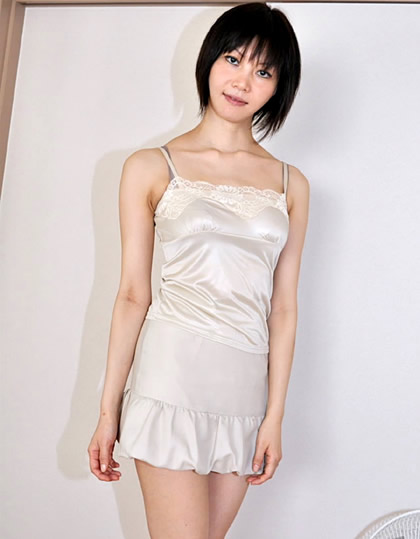 |
| thinking of something |
But it does provide a way of thinking of something built, as opposed to something sculpted, as an organic whole. A striking example is the Rajrani Temple in Bhubaneswar, a solid temple with no interior. Its inverse is exemplified by cave temples of Ajanta and the Kailasanatha at Ellora, which are not so much built as carved out of “living” rather than dismembered chunks of rock.
Its sculpture is subservient to, and inseparable from, the temple’s overall form. As one conceptually pulls sculpture away from the monument, however, it goes through a phase that makes it vulnerable to the charge that it is mere decoration, as in Robert Venturi’s characterization of architecture as a “decorated shed,” which simultaneously ridicules both the structure and its ornament.
Thinking of architecture in this way invites the question “What needs to be added to a building to make it architecture?”, which has as little promise as the fundamental question in philosophy of architecture as does “What needs to be added to a set of lines, shapes, and colors to make it a picture?” in philosophy of painting.
 |
| question in philosophy |